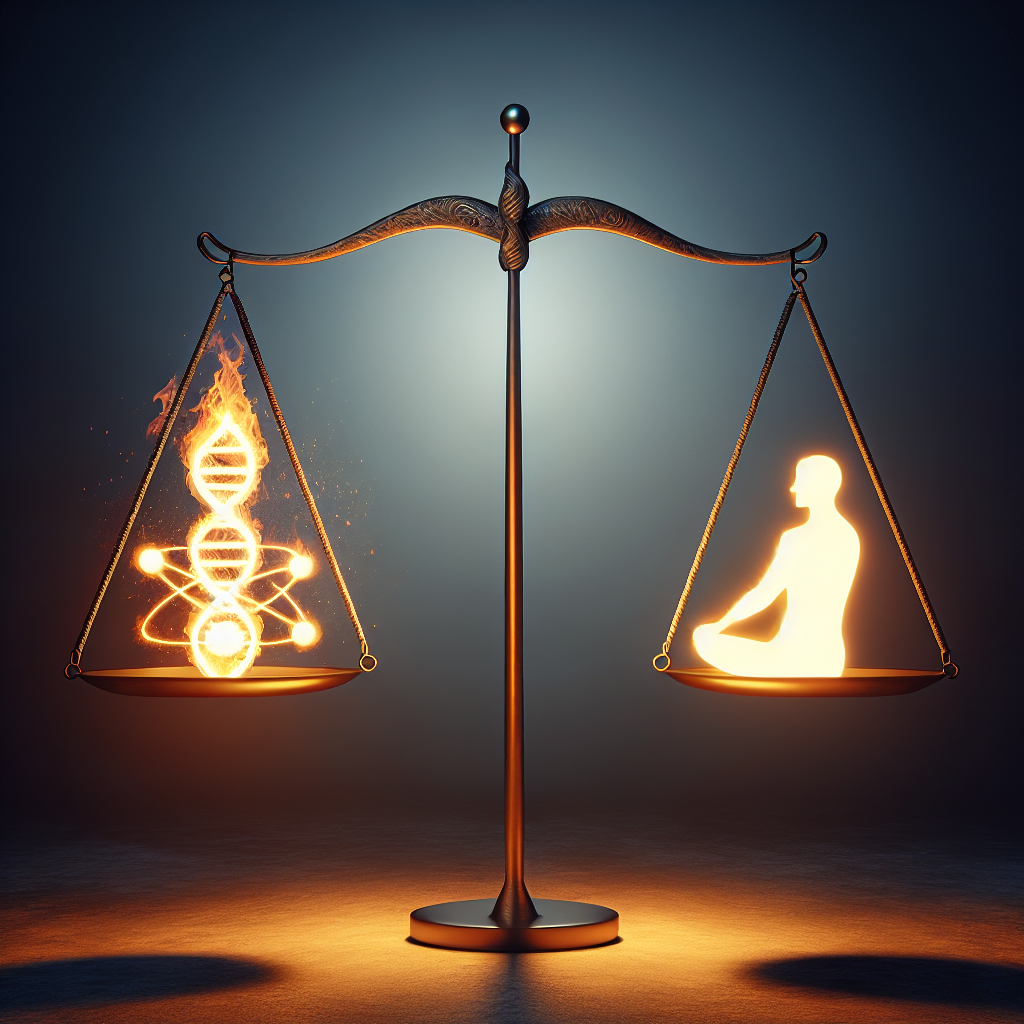When people talk about falling in love, they often describe a magical “spark”—that electric feeling of connection and excitement that seems to light up the early stages of a romantic relationship. But is that spark supposed to last forever, or is it just a fleeting phase? To answer that, it helps to understand what’s really going on beneath the surface when we experience romantic chemistry.
At its core, romantic chemistry is a complex interplay of biology, psychology, and social factors. When we first meet someone we’re attracted to, our brains release a cocktail of chemicals, including dopamine, norepinephrine, and serotonin. These neurotransmitters are responsible for the feelings of euphoria, increased energy, and obsessive thinking that often accompany new love. Dopamine, in particular, plays a key role in the brain’s reward system, making us feel good when we’re around the person we’re drawn to. This chemical rush is what many people refer to as the “spark.”
However, as thrilling as this initial phase can be, it’s not designed to last forever. According to research in neuroscience and psychology, the intense infatuation stage typically lasts anywhere from six months to two years. Over time, the brain begins to adjust, and those surging levels of dopamine and other chemicals start to level out. This doesn’t mean the relationship is doomed or that the love is fading—it simply means the body is transitioning from the high of new love to a more stable, long-term connection.
As the spark fades, another set of chemicals begins to take center stage. Oxytocin and vasopressin, often referred to as the “bonding hormones,” become more prominent. These hormones are associated with feelings of trust, security, and emotional intimacy. They help couples form deeper attachments and are crucial for sustaining long-term relationships. In other words, while the initial spark may dim, it often gives way to a different kind of warmth—one that’s rooted in companionship and mutual support.
Of course, this shift can be confusing or even disappointing for some people, especially if they equate the spark with love itself. But understanding the science behind romantic chemistry can help reframe expectations. Rather than chasing the high of early infatuation, couples can focus on nurturing the emotional connection that grows over time. This might involve open communication, shared experiences, and intentional efforts to keep the relationship fresh and engaging.
Interestingly, some studies suggest that it’s possible to reignite the spark, at least temporarily. Engaging in novel or exciting activities together—like traveling, trying a new hobby, or even watching a suspenseful movie—can stimulate the brain’s reward system and bring back some of those early feelings of excitement. While these moments may not replicate the intensity of the initial spark, they can help maintain a sense of passion and connection.
In the end, the spark isn’t necessarily supposed to last in its original form, but that doesn’t mean love fades. Instead, it evolves. By understanding the natural progression of romantic chemistry, couples can better appreciate each stage of their relationship and find joy in the deeper, more enduring bonds that follow the initial thrill.
How Relationship Dynamics Influence Long-Term Passion
When people talk about relationships, one of the most common questions that comes up is whether the initial spark—the butterflies, the excitement, the can’t-stop-thinking-about-you feeling—is supposed to last forever. While romantic comedies and love songs might suggest that it should, both science and real-life experience paint a more nuanced picture. The truth is, the spark often changes over time, and understanding how relationship dynamics influence long-term passion can help couples navigate these shifts with greater awareness and connection.
In the early stages of a relationship, passion tends to run high. This is largely due to a cocktail of brain chemicals like dopamine, oxytocin, and adrenaline that flood our systems when we’re falling in love. These chemicals create feelings of euphoria and intense attraction, making everything about the other person seem exciting and new. However, as the relationship matures, these chemical surges naturally level out. This doesn’t mean the relationship is doomed or that something is wrong—it simply means that the brain is adjusting to a new normal.
As the initial intensity fades, the dynamics of the relationship begin to play a more significant role in sustaining passion. Communication, emotional intimacy, and mutual respect become the foundation upon which long-term desire is built. For instance, couples who continue to share their thoughts, dreams, and vulnerabilities with each other tend to maintain a deeper emotional connection, which can fuel physical attraction over time. In contrast, when communication breaks down or partners start taking each other for granted, the emotional distance can lead to a decline in passion.
Another important factor is how couples handle conflict. Disagreements are inevitable, but the way partners navigate them can either strengthen or weaken their bond. Research shows that couples who approach conflict with empathy, active listening, and a willingness to compromise are more likely to maintain a satisfying and passionate relationship. On the other hand, unresolved resentment and recurring arguments can erode intimacy and diminish the desire to connect on a deeper level.
Shared experiences also play a crucial role in keeping the spark alive. Engaging in new activities together, whether it’s traveling, taking a class, or simply trying a new restaurant, can reignite excitement and curiosity in the relationship. These shared adventures create fresh memories and help partners see each other in new and stimulating ways. Even small gestures, like expressing appreciation or planning a surprise date night, can go a long way in maintaining a sense of novelty and affection.
Ultimately, while the initial spark may not last in its original form, that doesn’t mean passion has to disappear. Instead, it evolves. Long-term passion is less about constant fireworks and more about cultivating a deep, enduring connection that includes emotional closeness, mutual support, and a willingness to grow together. By understanding how relationship dynamics influence this evolution, couples can take intentional steps to keep their bond strong and their love vibrant for years to come.
What Psychology Reveals About Maintaining The Spark
When people talk about relationships, one of the most common questions that comes up is whether the initial spark—that electric feeling of excitement and connection—is supposed to last. It’s a question that has intrigued not only couples but also psychologists and researchers for decades. While the early stages of a relationship are often filled with passion, butterflies, and a sense of novelty, psychology reveals that maintaining that spark over time involves more than just chemistry. It requires intention, effort, and a deeper understanding of how love evolves.
In the beginning, the spark is largely driven by a cocktail of brain chemicals like dopamine, oxytocin, and serotonin. These neurochemicals create feelings of pleasure, attachment, and euphoria, which is why new love can feel so intoxicating. However, as the relationship matures, these chemical surges naturally level out. This doesn’t mean the relationship is doomed or that the love is fading—it simply means it’s transitioning into a different, often more stable phase. According to psychologists, this shift is not only normal but also necessary for long-term bonding.
That said, the spark doesn’t have to disappear entirely. Research in relationship psychology suggests that couples who actively work to maintain emotional intimacy and novelty tend to report higher levels of satisfaction and connection. For instance, engaging in new and exciting activities together can reignite feelings of passion. This is because novelty stimulates the brain in similar ways to early romantic experiences, helping to recreate that sense of excitement. Even small changes, like trying a new restaurant or taking a weekend trip, can make a meaningful difference.
Communication also plays a crucial role in keeping the spark alive. Open, honest conversations about needs, desires, and even fears can deepen emotional intimacy. When partners feel heard and understood, they’re more likely to feel connected and valued. This emotional closeness often translates into physical closeness, reinforcing the bond between them. Moreover, expressing appreciation and affection regularly can help maintain a sense of warmth and admiration, which are key ingredients in long-lasting love.
Another important factor is maintaining a sense of individuality within the relationship. While it’s natural to grow closer over time, retaining personal interests and goals can actually enhance the connection. When each partner continues to grow and evolve independently, they bring fresh energy and perspectives into the relationship. This dynamic can keep things interesting and prevent the relationship from becoming stagnant.
Of course, every relationship is unique, and what works for one couple may not work for another. However, the consensus among psychologists is clear: the spark doesn’t have to fade if both partners are willing to nurture it. It may not always look or feel the same as it did in the beginning, but with mutual effort and understanding, it can transform into something deeper and more enduring.
In the end, the spark is less about constant fireworks and more about consistent connection. By embracing the natural evolution of love and staying engaged in the relationship, couples can keep the flame burning—perhaps not as a roaring fire every day, but as a steady, comforting glow that stands the test of time.


















